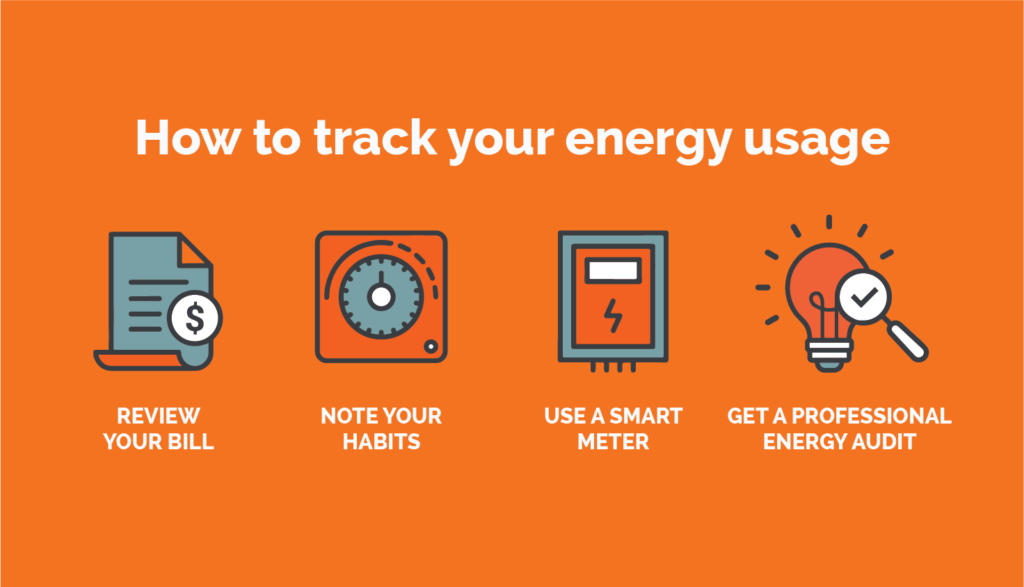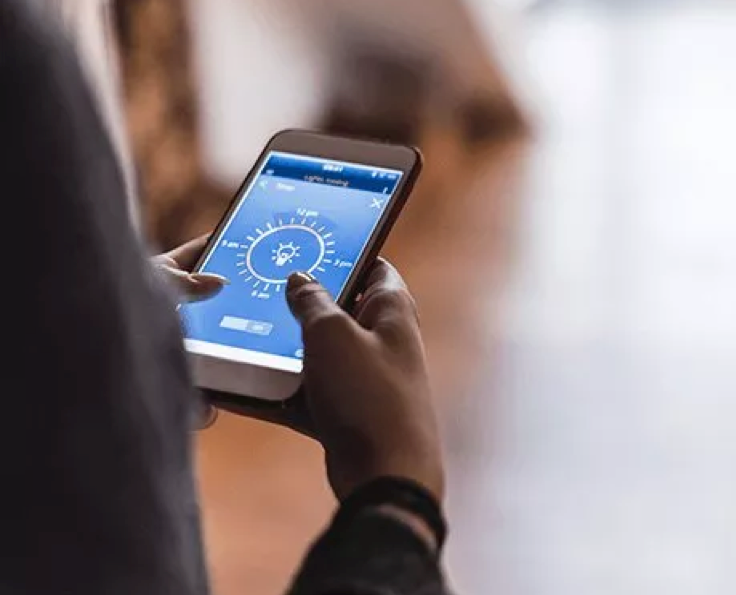How To Track Your Energy Usage
How To Track Your Energy Usage
Compare electricity & gas plans the easy way
Save time and effort by comparing a range of energy plans with iSelect
With a little digging, you may find ways you to reduce your bills. It shouldn’t take too long, and you don’t need a degree in advanced engineering. It’s all about implementing a few easy tips you’ll learn in this article.
Why should you track your energy usage?
If you’ve got all the right information at your disposal, you’re one step closer to successfully tracking your energy usage.
Tracking your energy usage is a win-win tactic. Why?
- If you do find ways to reduce your energy usage, then you’ll be ready to take action and begin trimming your bills.
- If you don’t find anything, you’ll know that the rising prices aren’t due to a change in your habits, and you’ll be ready to shop around for a better energy deal.
So, let’s get started.
Step one: look at your bill
Do you look at anything on your bill besides the amount owing? There’s actually a treasure trove of information on there.
For instance, most energy bills provide usage statistics which include:
- Your average cost per day
- Your average daily usage
- Your usage compared to the same time last year (if you’re a loyal customer)
- How your household or business energy usage compares to others in your area
- Your emissions of greenhouse gases
- Whether the amount owing comes from an actual meter reading or an estimation
- The tariffs you’re charged and any peak or off peak rates that may apply
- If you’ve got solar, how it impacts your bill
Take a look at your electricity bills over the past year (or even better, two years). Some questions to ask yourself are:
- Does my usage compare to similar households in my area?
- Does my usage follow usual peaks and troughs according to seasonal changes? Eg: higher in summer for air conditioning and winter for heating
- Does my usage show peaks and troughs that I can’t explain? If so, could these peaks and troughs be due to holidays or other absences, new appliances, changes in lifestyle, new family members living at the property, or other factors?
If you’re having trouble understanding your bill or answering the questions above, it’s a good idea to give us a call at iSelect. If the bill looks like a confusing and overwhelming mix of numbers then we can help walk you through it.
Step two: look at your habits
We all have our own habits and routines. Each morning you might get up and brush your teeth, stretch, make a coffee, and pop in the shower. Often we follow these habits on autopilot, without giving them much thought.
These habits extend to our energy usage as well.
Start paying attention to your daily energy habits. Do you like to have the TV on even when you’re not in the room? Do you leave the lights on around the house even when you’re reading in your bedroom? If you feel chilly, do you grab a jumper, or add a few notches to the thermostat instead?
All of these little habits play a part in your energy usage.
By simply paying attention and retraining yourself (and your family), you could make a big difference to your electricity usage. It helps you become more sustainable as well!

Step three: use smart meters
Do you have a smart meter in your home? If so, then you have the opportunity to monitor your electricity usage on a daily basis, instead of waiting for the next bill to arrive.
Smart meters and how they’re used can vary from state to state. If you’re in a state that provides smart meters, such as Victoria, you can monitor use in real time online.1https://www.victorianenergysaver.vic.gov.au/get-help-with-your-bills/smart-meters-and-how-they-work This means you can identify unwanted spikes as they happen, and promptly take action.
You can also set up energy alerts, so the system will notify you if you’ve exceeded a certain electricity usage limit.
Step four: get a professional energy audit
Hopefully, by following steps one, two and three, you’ve got plenty of energy tracking data. But if you want to take it up a notch, consider a professional energy audit.2http://yourenergysavings.gov.au/energy/energy-efficient-living/home-assessment
A professional energy auditor will assess your energy usage, and then deliver tailored recommendations on ways you can cut your electricity costs. Areas they investigate include:
- Your building structure and insulation
- Your use of machinery or appliances
- Your current energy plan and its relevance to your needs
- Your use of air conditioning, heating and hot water
- Your use of solar energy (if you have it)
- Your use of lighting
- Your history of energy usage
Compare energy plans with iSelect
Once you’ve spent time tracking your energy usage you’ll be ready to take action. If you realise it’s time to change energy providers, iSelect can help you get started with our easy energy comparison tool to compare from our range of providers*. Or feel free to call us on 13 19 20 to speak to one of our energy experts today.
Energy plans are available only for properties which are located in eligible areas of Victoria, New South Wales, South East Queensland, South Australia and ACT. Visit iSelect.com.au for details on energy plans and to view iSelect’s range of providers.

.svg)




